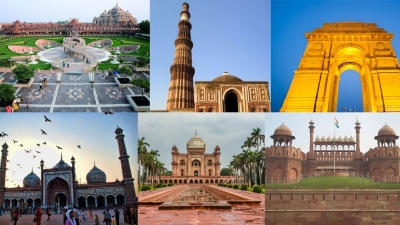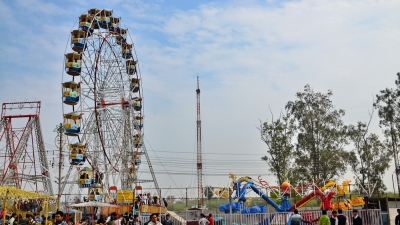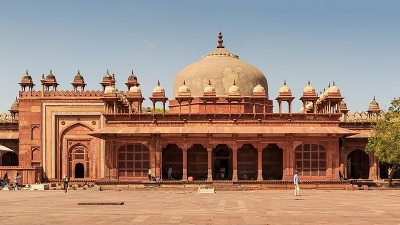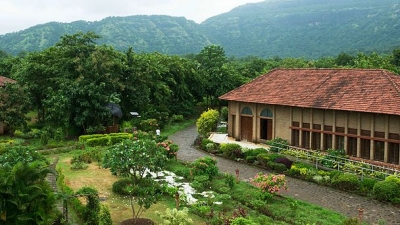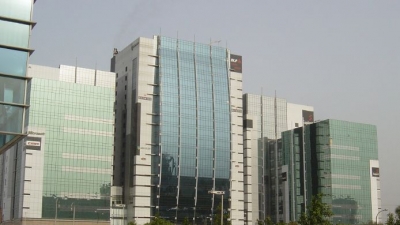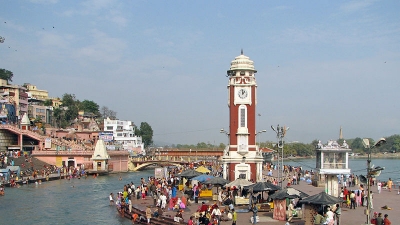Ghaziabad Attractions - Tourist Places To Visit In Ghaziabad
-
01Ajrara
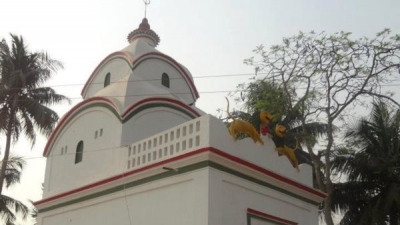 + Read More
+ Read MoreAjrara is a historical village in the district of Ghaziabad in Uttar Pradesh. It is situated on the bank of Kali Nadi, a rivulet, which runs through this area. The village lies approximately 7.5 km from Kharkhoda, its Tehsil Headquarter. It derived its name from a yogi - an ascetic called Ajaipal who raised a temple in the village and named it Ajaipara.
But the village has become a tourist attraction for a different reason. It is a home to famous tabla players who evolved a gharana - a style or a tradition in playing tabla. The style has come to be known after the name of the village and is, therefore, called the Ajrara Gharana.
The Ajrara Gharana style of tabla playing was developed by two brothers, Miroo Khan and Kallo Khan. They learnt the art under the tutelage of Ustad Sitab Khan of the Delhi Gharana. The duo perfected the art of tabla playing to the extent that the Ajrara Gharana has become one of the six major tabla-playing schools/styles in the country.
-
02Bahadurgarh
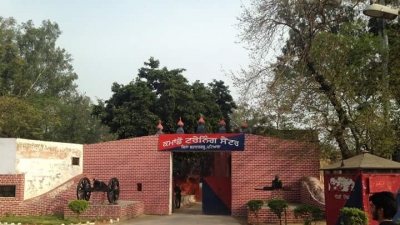 + Read More
+ Read MoreBahadurgarh, a village, is situated on the Garhmukteshwar-Bulandshahr road, 78 km from its District Headquarter, Ghaziabad. The original name of the village was Garh Nana, but was changed by its ruler Nawab Bahadur Khan, a Pathan, who received it as a jagir or an estate from Mughal Emperor Jahangir.
The existence of the village is believed to date back to the times of Mahabharata. According to folklore, Daanvir Karan, the hero of Mahabharat fame, built Raja Karan ka Khera or a habitat in the present Mustafabad, approximately 6.5 km from Bahadurgarh. The ruins of the ancient habitat are still visible on the location.
The village is also known for its pottery. The truth is that what is now popularly known as Khurja pottery originated from this place. It was brought here from Multan, now in Pakistan, nearly 250 years back. Bahadurgarh is also known for its handloom and dairy products which are in high demand in neighbouring areas and Delhi.
-
03Dadri
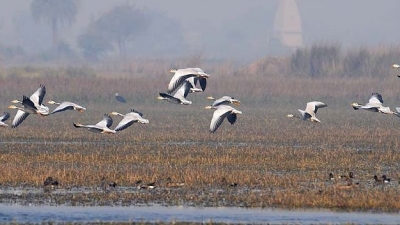 + Read More
+ Read MoreDadri is situated near Gautam Budh Nagar in Uttar Pradesh. The city made a significant contribution towards the struggle for the freedom of the country in 1857. Its ruler Raja Umrao Singh, a Gurjar and some other Gurjar chieftains of the region, revolted against the British government.
He, along with his four associates, was hanged by the British forces. The city is also known for a power generation plant run by the National Thermal Power Corporation.
-
04Dasna
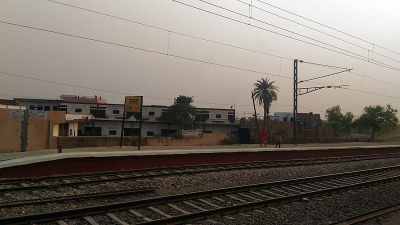 + Read More
+ Read MoreDasna is a tehsil or mandal in district Ghaziabad in Uttar Pradesh. It is located 24 km in the eastern side of Hapur and 10 km from its district headquarters.
According to legends, during the rule of Mahmud Ghaznavi, a Rajput chieftain named Salarsi who suffered from leprosy visited Hardwar to take a holy dip in the Ganges to cure his disease. He was so charmed by Dasna that lay on his way that he decided to build a fort and settle there.
As the foundation of the fort was being dug, one of the labourers was fatally bitten by a snake. As a result of this incident, the name of the place came to be called Dasna or the snake bite. The village was later attacked and plundered by Ahmad Shah Abdali, who destroyed the fort.
-
05Dhaulana
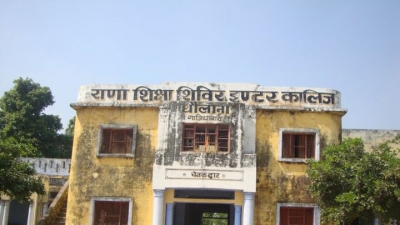 + Read More
+ Read MoreOriginally a historical village, Dhaulana is situated on the Meerut-Hapur-Bulandshahr Road in Gulaothi, approximately, 23 km from Ghaziabad. According to folklore, the village was founded by a Rajput chieftain Dhol Singh Shishodia and was also named after him.
It was later attacked and taken over by the Sikhs in 1780. The village made a name for itself during the first war of Independence in 1857. Fourteen of its brave Rajput residents led by Lala Jhankumal were hanged by the British government for their role in the freedom struggle.
The grateful residents of the village built a monument by the name of Shaheed Samarakas, a tribute to the memory of the heroes in 1957, to mark the centenary of their martyrdom. The village also boasts of a temple dedicated to Sati Malindi Devi. It is deeply revered by the residents and the people of the neighbouring areas. A fair is held every year at the temple which attracts a large number of devotees.
-
06Faridnagar
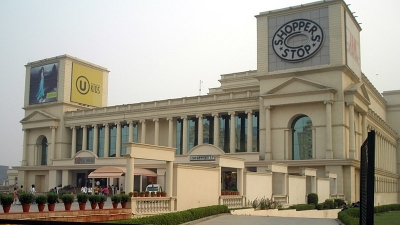 + Read More
+ Read MoreFaridnagar is a small town in Tehsil Modinagar in district Ghaziabad. It is situated on the Begumabad-Hapur road, 30 miles from the district headquarter and merely 2 km from Bhojpur Block. The town owes its name to Farid-ud-din Khan, an officer in the court of Mughal Emperor Akbar. The emperor gave away this town as a Jagir or an estate as a reward for his loyalty.
The jagir covering seventeen villages was situated between Pilkhua and Begmabad. Faridnagar used to be a garrison town, a kind of military post for the Mughal army, comprising mainly of Baloch soldiers. It was also a home to a mint or taksal that manufactured coins during the period of Akbar and his son Jahangir.
A residential locality in the town, called Garhi Ballochan, housed the Baloch soldiers and their families. Its entrance is guarded by an iron gate. Close to Garhi Balochan is a beautiful mosque named Jama Masjid. Faridnagar was a flourishing town during the reign of Akbar.
-
07Hapur
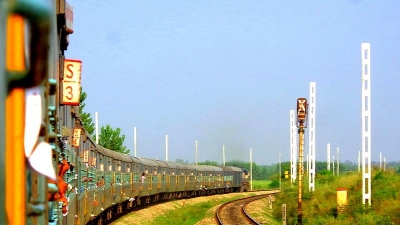 + Read More
+ Read MoreThe historic town of Hapur is the largest tehsil in the district of Ghaziabad. Located 34 km from the district headquarter and 60 km from Delhi, the capital of India, Hapur is a part of the National Capital Region. It is believed that the town was established by Hardatta, the chieftain of Bulandshahr and Meerut in 983 AD and was named after its founder.
According to another view, the name was derived from the word ‘hapar’ which means a garden. Hapur is incidentally famous for its papads - round, thin, wafer-like crispy salt-n-spicy eatables. In earlier times, the town could be accessed through five gates known as Delhi Gate, Meerut Gate, Garhmukteshwar Gate, Kothi and Sikandra Gates which have disappeared with the passage of time.
It boasts of Jama Masjid, a mosque built in 1670 during the reign of Mughal emperor Aurangzeb. Hindu temples include Chandi Mandir, Sabli Shiva Mandir and Dudheshwar Nath Mandir.
-
08Jalalabad
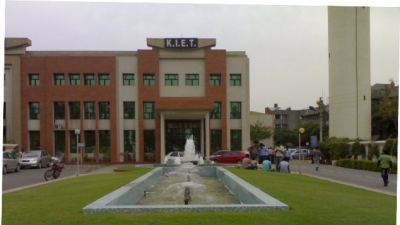 + Read More
+ Read MoreJalalabad is a tehsil in district Ghaziabad. It is situated 15 km from its District Headquarter. It was built during the reign of Mughal Emperor Jalal-ud-din Mohammad Akbar and was also named after him. The town is known for its wheat, grams and sugarcane fields.
-
09Loni
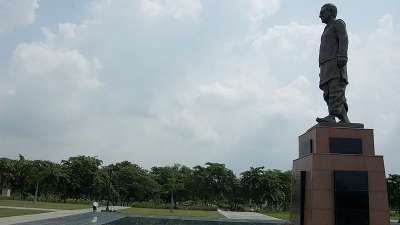 + Read More
+ Read MoreThe existence of the historic town of Loni dates back to the times of Lord Rama. It is believed that a demon named Lavanasur was killed by Shatrughan, the younger brother of Ram at this place. Going by another legend, the town was founded by a king called Lonnkaran who also built a fort and named it Loni.
The fort lasted until 1789 when it was destroyed by Muhammad Shah who used its bricks and other building material to build a garden and a pond. According to historians, Loni was part of the kingdom of the warrior King Prithviraj Chauhan. The remains of a fort built by him are still visible to the tourists.
The city boasts of three large groves that were set up during the Mughal period. They were called Kharanji Bagh, Uldipur and Ranap groves. The first two groves were sown by Zinat Mahal, the wife of the last Mughal emperor Bahadur Shah Zafar.
The British government seized these groves and sold them to Shaikh Ilahi Baksh of Meerut. The boundry wall of the third grove, Ranap which was popularly called Abadi Bagh Ranap by the residents of the area, still remains visible.
-
10Modinagar
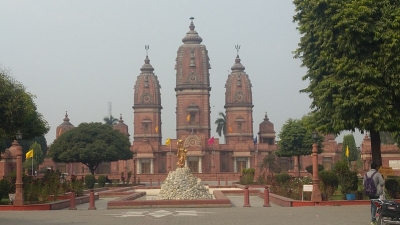 + Read More
+ Read MoreModinagar, as the name indicates, was founded by the scion of the industrialist family of Uttar Pradesh, Seth Gujar Mal Modi. Located 25 km north-east of Ghaziabad on the Delhi-Mussoorie National Highway (NH-58), Modinagar is a comparatively new town.
It was made a tehsil when Ghaziabad was made a district town in 1975. It is also a home to an old nineteenth century temple constructed by Rani Bala Bai Scindhia. The town boasts of several industrial units set up by the Modi family, including a sugar factory that was built way back in 1933.
Modinagar was established primarily on 571 acres of land that was once a part of Begumabad, a historical town founded by a chieftain Nawab Zafar Ali. His wife or begum who inherited the town after his death named it Begumabad.
Modinagar hosts a famous temple built by the Modis. It is known as Lakshmi Narayan Modi Temple or simply the Modi Temple by the residents of the city. The temple is built over an area of 15.2 acres and is situated on National Highway No. 58.
-
11Mohan Nagar
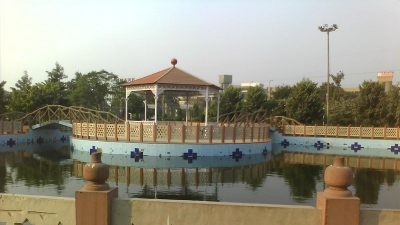 + Read More
+ Read MoreMohan Nagar, a tehsil in Ghaziabad was set up by an industrialist N.N. Mohan in 1958 and was named after him. It is located on G T Road, 7 km from Ghaziabad, 3 km from another industrial town Sahibabad and 16 km from Delhi. The prosperous industrial township is known primarily for a yeast and malt extract factory, a brewery and a distillery.
There is also a big cold storage, ice factory and a soft-drink manufacturing plant. All these units are built using the latest equipment and machinery. There are several other industrial units in Mohan Nagar. The city also boasts of a temple named Mohan Nagar Temple, named after its builder.
-
12Murad Nagar
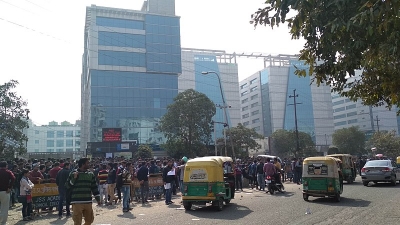 + Read More
+ Read MoreMurad Nagar, a town in Tehsil Modinagar, is located 14 km from Ghaziabad, its district headquarter. It was established by a Mughal Nawab, Mirza Muhammad Murad Mughal, son of Mughal Emperor, Alamgir II, about 400 years back.
The mausoleum of its builder is also situated near the town. Famous Indian cricketer Suresh Raina also hails from Muradnagar. A canal named Gang Nahar coming from Haridwar also passes by the town and is a famous picnic destination for the residents of the area.
Muradnagar is famous for manufacturing cotton fabrics, especially bed sheets, handloom and zari work units. The town also houses the Ordnance Factory set up by the Defence Ministry of the Government of India. It is a part of the National Capital Region of Delhi, the capital of India.



 Click it and Unblock the Notifications
Click it and Unblock the Notifications
